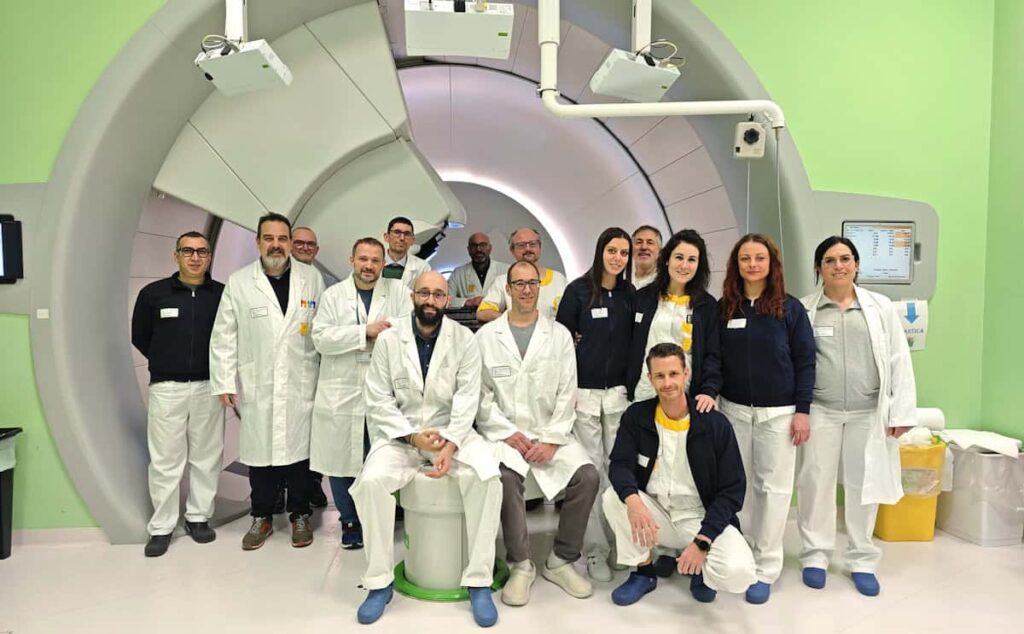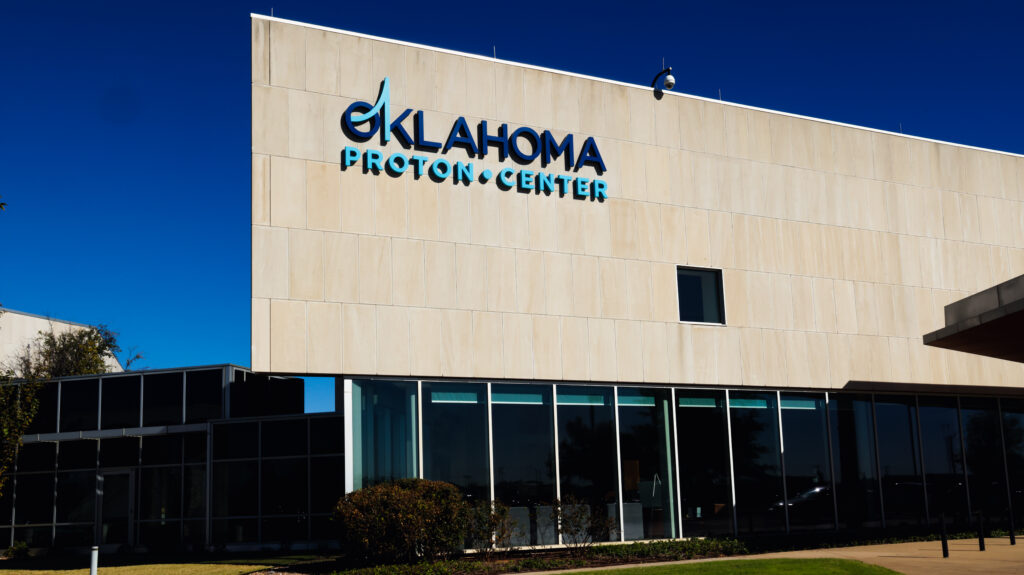World’s first patient treatments delivered with proton arc therapy
In a groundbreaking advancement for cancer treatment, researchers at the Trento Proton Therapy Centre in Italy have successfully delivered the world’s first patient treatments using proton arc therapy. This milestone, published in Medical Physics, marks a significant step forward in radiation oncology, offering greater precision, improved tumor targeting, and potentially fewer side effects compared to traditional proton therapy.
So, what exactly is proton arc therapy, and why is this such an exciting breakthrough? Let’s dive in.
What is Proton Arc Therapy?
Proton therapy has long been recognized as one of the most precise forms of radiation treatment, using high-energy proton beams to destroy cancer cells while minimizing damage to surrounding healthy tissues. However, traditional proton therapy is often limited by the number of angles from which beams can be delivered, which can restrict the ability to fully target complex tumors.
How is Proton Arc Therapy Different?

Proton arc therapy overcomes this limitation by delivering the proton beam continuously in an arc around the patient, rather than from fixed angles. This allows for:
✅ More beam angles – improving dose distribution and reducing hotspots.
✅ Better tumor coverage – enhancing the ability to target complex or irregularly shaped tumors.
✅ Potentially shorter treatment times – reducing patient discomfort and making therapy more efficient.
Think of it as painting the tumor from multiple directions, ensuring a more uniform and precise dose while sparing healthy tissues from unnecessary radiation exposure.
The First Patients Treated with Proton Arc Therapy
At the Trento Proton Therapy Centre, nine patients have now received proton arc therapy, demonstrating its feasibility in real-world treatment settings. The results suggest that this approach could lead to:
• Improved tumor control due to more uniform dose delivery.
• Lower toxicity levels by sparing nearby healthy tissues.
• Enhanced flexibility in treating challenging tumors, including those near critical organs.
These early patient treatments confirm that proton arc therapy is not just a theoretical improvement—it’s a clinically viable and potentially transformative method in radiation oncology.
What This Means for the Future of Cancer Treatment
This development could revolutionize proton therapy, making it more effective and accessible for a wider range of cancers. As researchers continue to refine and expand its use, we could see:
🔬 Faster treatment approvals for broader clinical use.
💰 Increased cost-effectiveness compared to other high-precision radiation therapies.
🏥 Greater adoption in proton therapy centers worldwide, bringing this innovation to more patients.
While additional clinical trials and long-term studies are needed to confirm the full benefits and limitations of proton arc therapy, its early success is incredibly promising.
Final Thoughts
Cancer treatment is constantly evolving, and breakthroughs like proton arc therapy highlight the power of innovation in improving patient outcomes. This first-ever patient treatment using proton arc therapy paves the way for more precise, efficient, and patient-friendly radiation therapy options.

Proton therapy continues to evolve and has become a standard of treatment for many cancers at this point including breast, prostate, lung, head and neck, brain, liver, esophageal, and others.
Oklahoma Proton Center has been treating patients for over 15 years and has treated nearly 6,000 patients to date and will continue to be a leader in the field of cancer care and proton therapy in the years to come. If you have questions about proton therapy for your cancer, please reach out to the center and we will get you scheduled to talk to a doctor.
🔗 Source: Physics World
